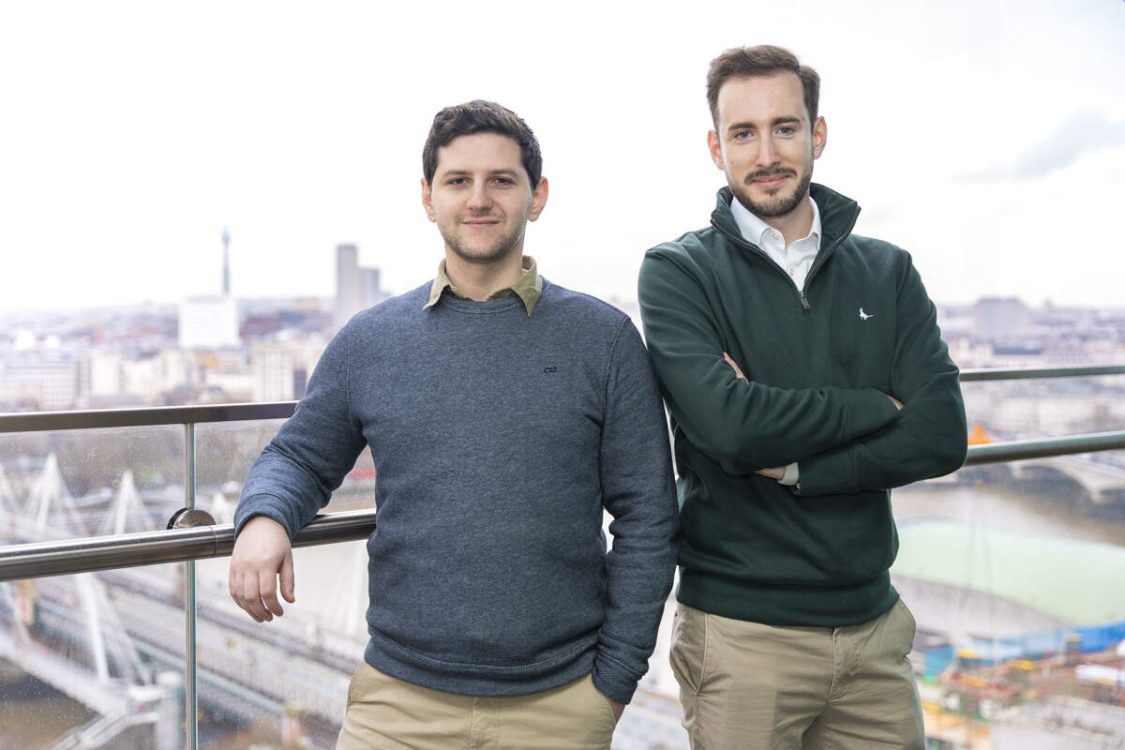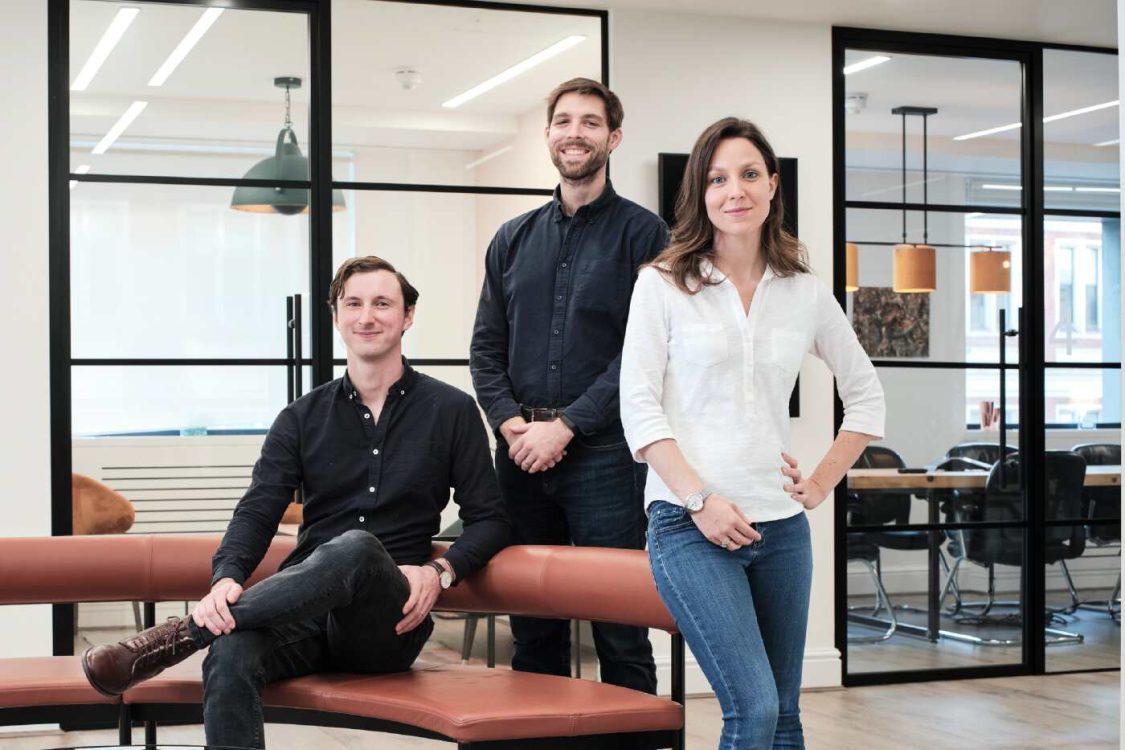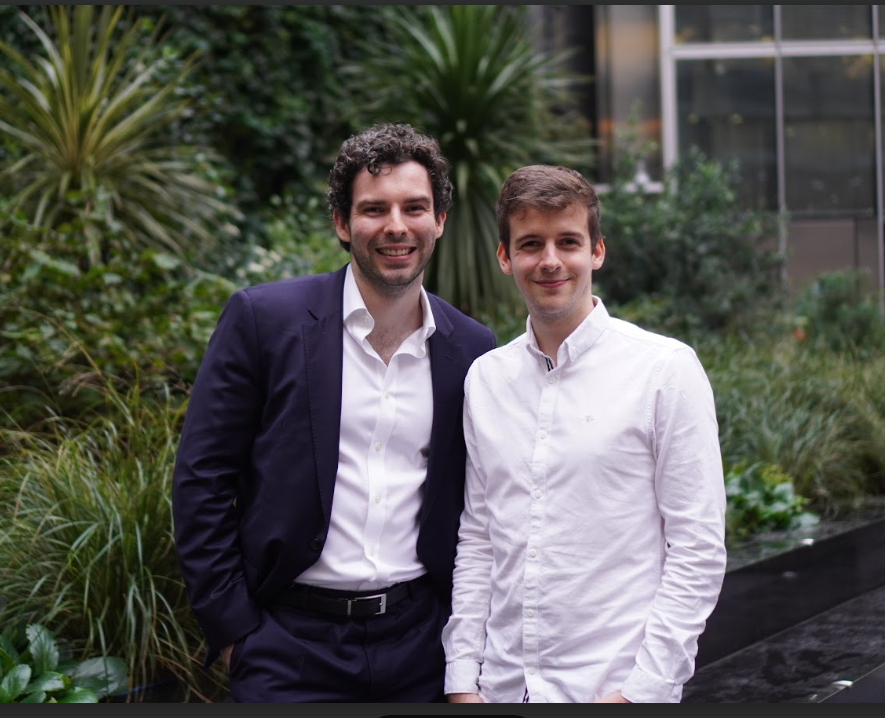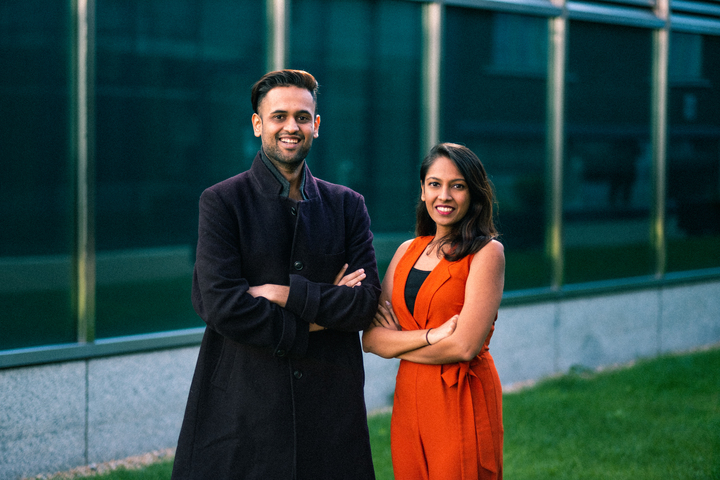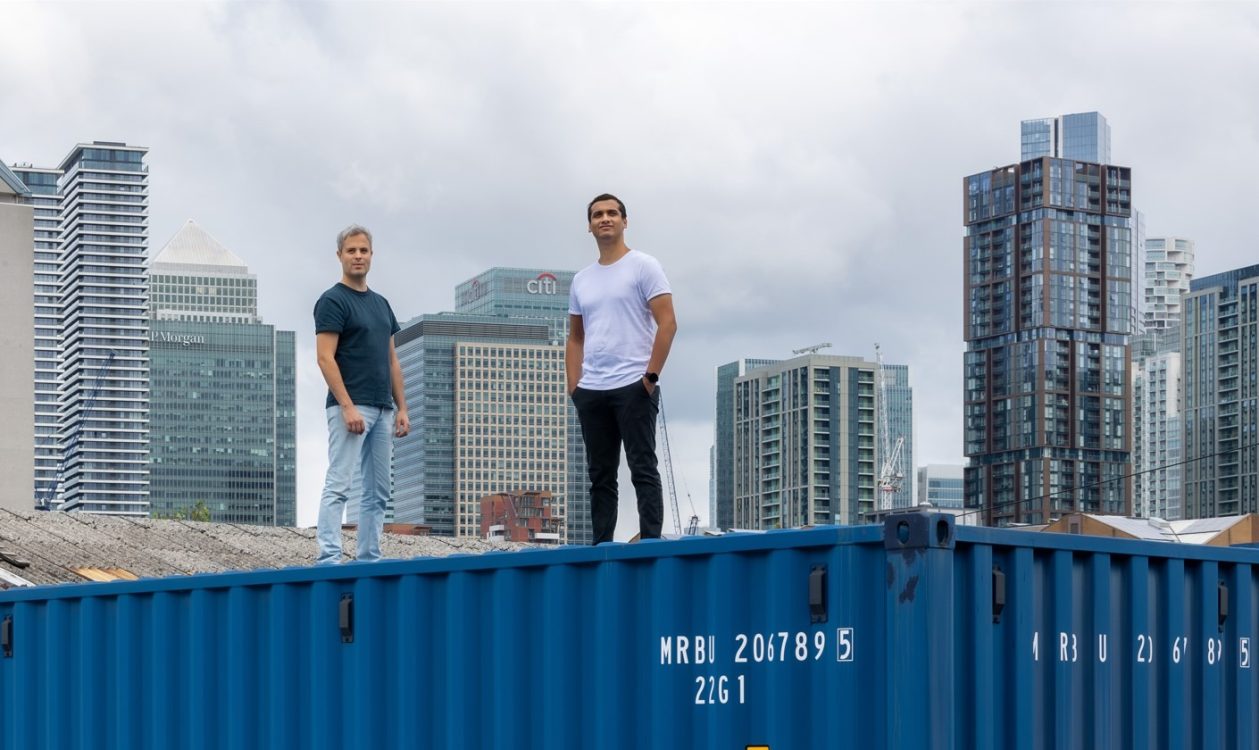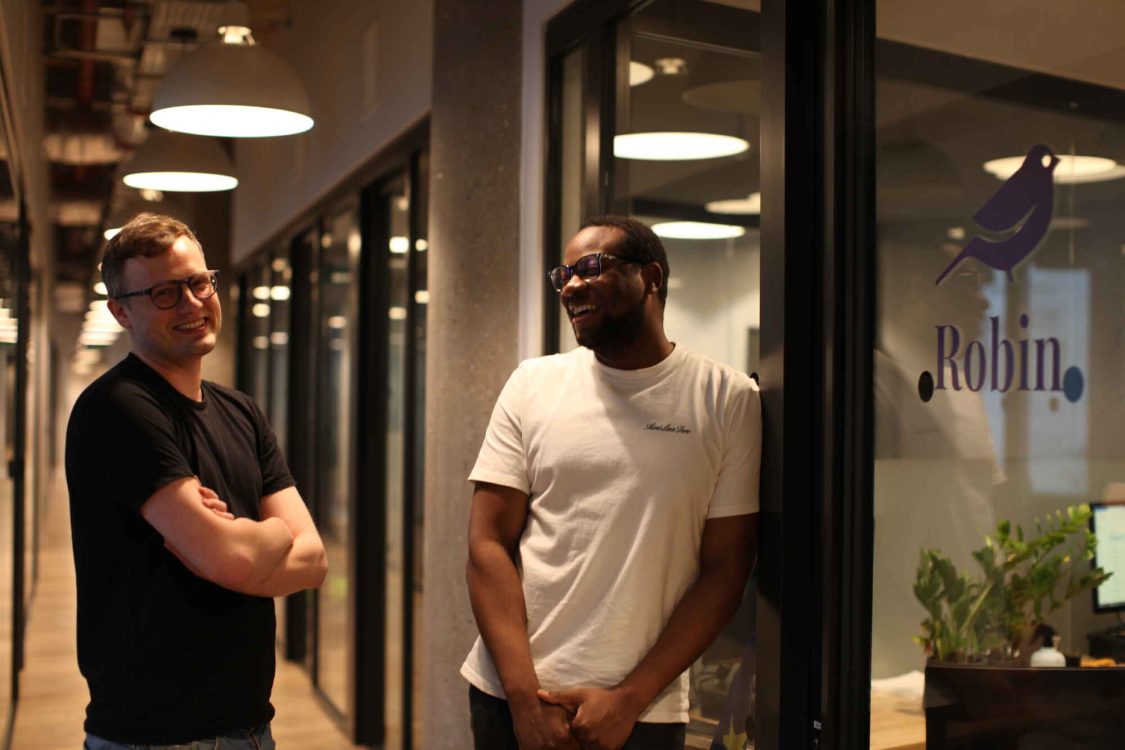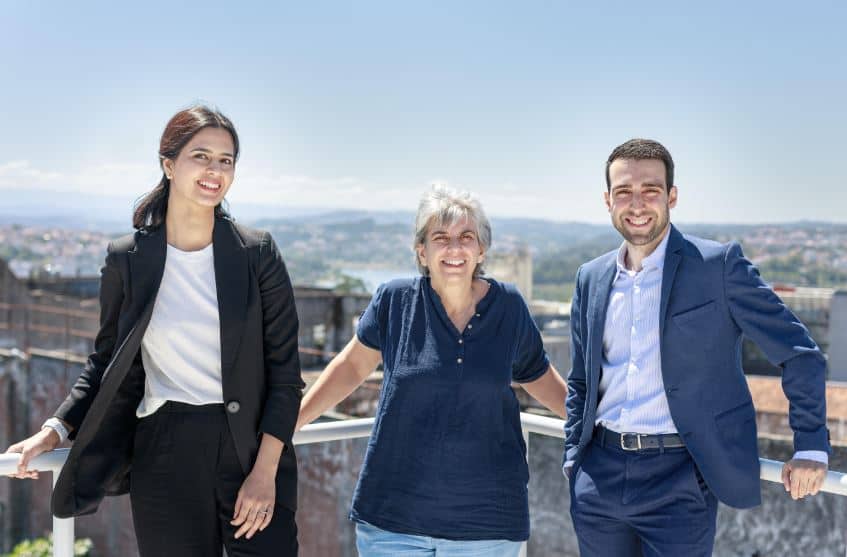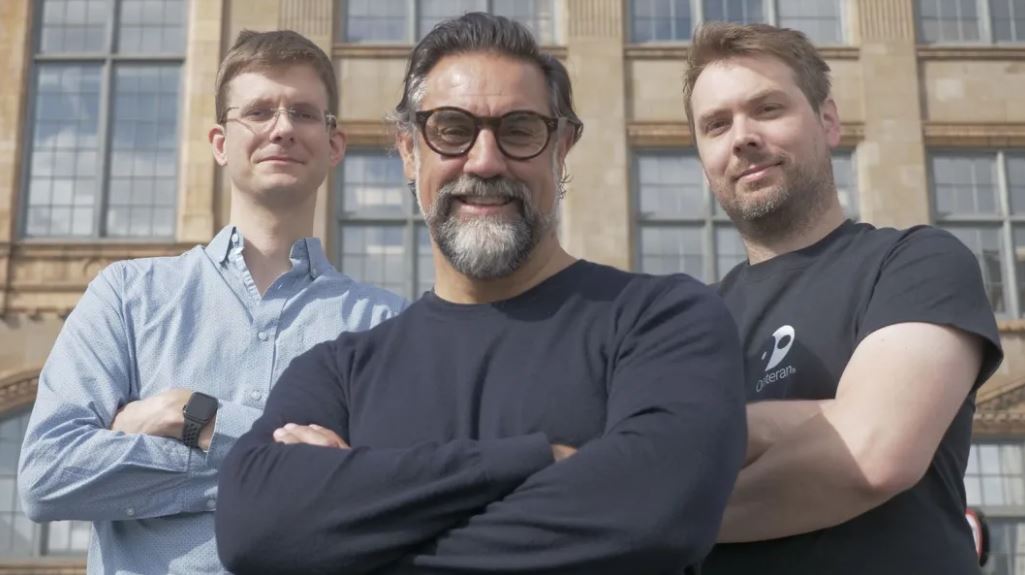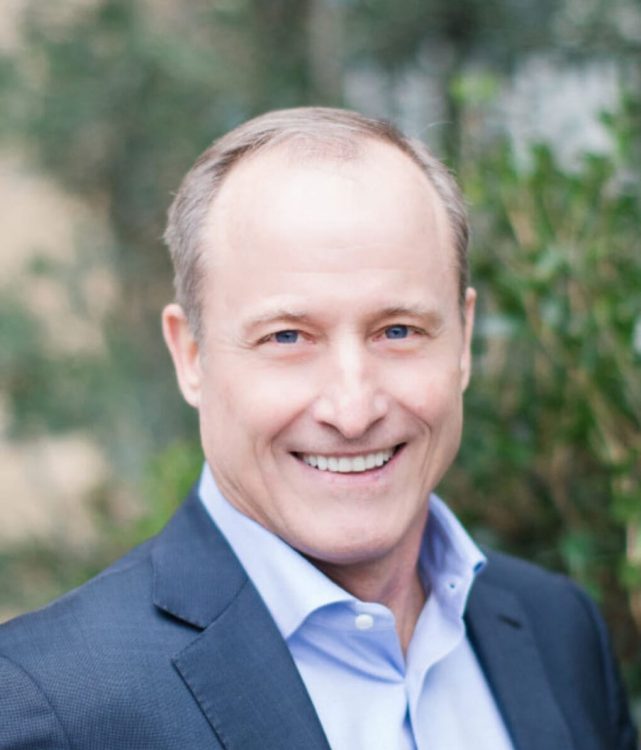Webiny secures £2.57 million Seed investment led by M12

Webiny raises $3.5M to help developers build serverless applications
Webiny, a Y Combinator W21 company, announced it raised a $3.5M seed round led by Microsoft’s venture fund M12 and with participation from Samsung Next, Episode 1, Cota Capital and others.
Webiny started in October 2019 as an open-source serverless content management system and raised a pre-seed round led by Episode 1. Since then,the company discovered that customers have a more fundamental problem with serverless: the current tools in the market help developers deploy and provision serverless infrastructure, but not build serverless applications end to end. Developers struggle with serverless best practices, performances and architecture. Serverless has the power to make developers more efficient, but due to the lack of good tooling, it’s having an opposite effect.
With this new understanding, the Webiny team adapted the underlying framework that powers Webiny’s serverless CMS and expanded it into a standalone product. Using Webiny’s serverless application framework developers can now build, manage and deploy serverless APIs and applications within minutes. Organizations can now focus on delivery, rather than tooling.
Webiny increases the developer efficiency through an opinionated framework that has all the pieces a developer needs already preconfigured.All the serverless challenges, pitfalls and scalability problems are solved under the hood by the framework.
In the last year, Webiny was adopted by numerous enterprises, Fortune 500s, financial institutions and other organizations. Given the company’s open-source nature, a developer community has formed around the product. Close to 1,000 members joined Webiny’s community slack, over 4,500 developers starred the repository and almost 50 people contributed code back into the product.
The company will use the new investment to expand its engineering team, focusing on improving the developer experience. In addition to efforts planned for the open-source product, the company just introduced a commercial product offering for enterprises and also plans to build a SaaS product focusing on operational efficiency of organizations running multiple Webiny deployments, as well as introduce support for multiple cloud platforms.
We see the mandate inside organisations to adopt serverless is coming from the top. The technical executives see serverless as a competitive advantage for their business. It’s the same market motion we saw several years ago when organisations moved from on-premise solutions to the cloud. This wasn’t a bottom up adoption, but rather a top-down approach. This same is now happening with serverless and it is our goal at Webiny to enable this new wave of infrastructure transformation.
- Sven Al Hamad,
CEO, co-founder
“Webiny simplifies the complexities involved with migrating cloud applications to a serverless architecture,” said Andy Duong, investor, Samsung Next. “Companies are seeing serverless deployments as more than just an infrastructure cost savings play, but as a strategic means of enabling companies to shift resources and focus on product development, improving their time-to-market and their competitiveness. Webiny is positioning itself as the go-to framework for enabling the development of serverless applications, and we’re excited to see how the team capitalizes on this momentum.”
“Serverless promises to unlock tremendous savings of both developer time and cloud computing costs. But companies have yet to capitalize on these expected benefits, largely due to the complexity of building end-to-end serverless apps,” said M12 Investor Shir Sarouf. “Webiny is building developer-centric solutions for the serverless paradigm alongside their developer community, so companies can take advantage of automatic, infinite scaling and more efficient resource management with consumption-based pricing.”
About Webiny – website / github
Co-founders Sven Al Hamad and Pavel Denisjuk met at university and spent the last 10 years working together and now share a common vision, that the development will become serverless-first. Or as Werner Vogels (Amazon, CTO) puts it – “Serverless is the future of development”.


